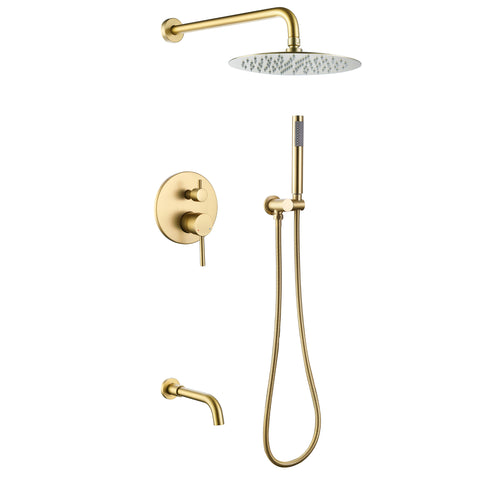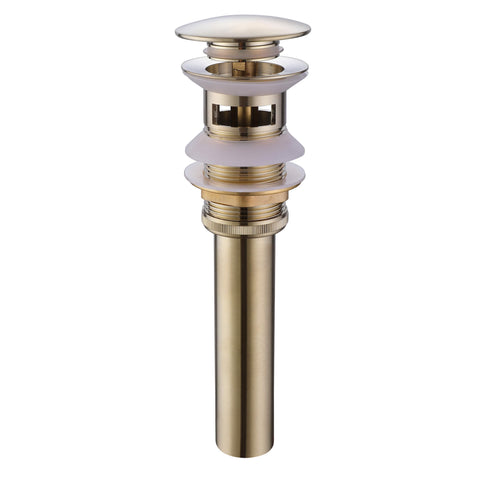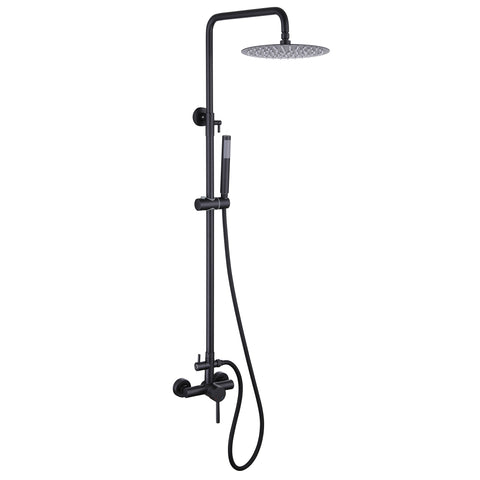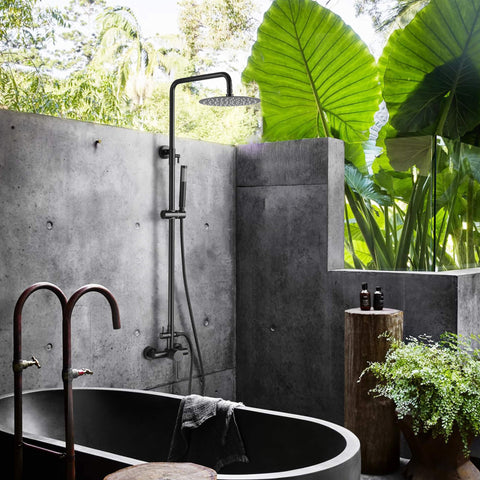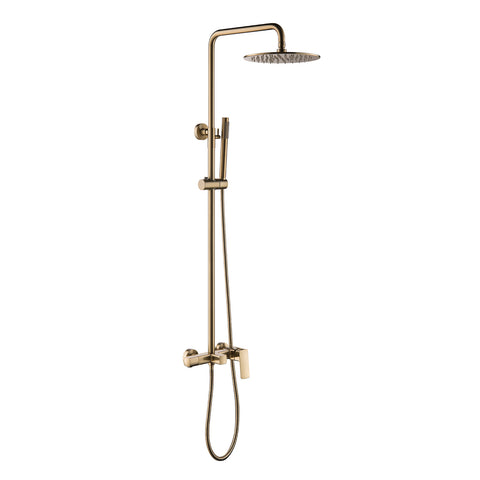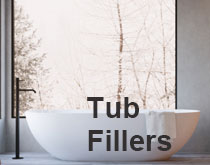Four Key Factors to Consider When Choosing a Kitchen Faucet
1. Style and Aesthetics:
The kitchen faucet is not just a functional tool; it's also a prominent design element in your kitchen. Therefore, the first factor to consider is the style and aesthetics of the faucet. You'll want to choose a faucet that complements the overall look and feel of your kitchen. For a modern kitchen, sleek and minimalist designs with a chrome finish may be ideal, while a more traditional kitchen might benefit from a classic, oil-rubbed bronze or brushed nickel faucet.
Consider the shape of the faucet as well. Do you prefer a high-arc spout that offers more clearance for larger pots and pans, or a low-profile design for a more streamlined look? Keep in mind that your choice of faucet style can significantly impact the visual appeal of your kitchen.
2. Functionality:
The functionality of your kitchen faucet is crucial. Take into account your daily cooking and cleaning routines to determine the features you need. Here are some options to consider:
- Spray Options: Many faucets come with pull-down or pull-out spray heads, which can make tasks like rinsing dishes or filling large pots much more manageable.
- Touchless Technology: Touchless faucets with motion sensors are becoming increasingly popular, as they allow you to turn the water on and off without touching the handle, which can be especially convenient when your hands are messy.
- Swivel Range: A faucet with a swiveling spout provides greater flexibility and convenience when working in and around the sink.
- Water Flow Rate: Consider the faucet's water flow rate, typically measured in gallons per minute (GPM). A lower GPM can help conserve water, which is not only environmentally friendly but can also save you money on your water bills.
3. Durability and Material:
Investing in a durable kitchen faucet is a smart choice, as it's a fixture that will be in constant use. Look for faucets made from high-quality materials like solid brass or stainless steel. These materials are not only robust but also resist corrosion and tarnishing.
Additionally, consider the finish of the faucet. Chrome and stainless steel are known for their durability and resistance to staining, while oil-rubbed bronze and brushed nickel provide a unique, stylish look. Keep in mind that certain finishes may require more maintenance to maintain their appearance.
4. Installation and Configuration:
Finally, you should think about the installation and configuration of your kitchen faucet. Some faucets require a single-hole installation, while others need multiple holes for handles and accessories. Make sure your sink or countertop can accommodate the type of faucet you're interested in.
Also, check whether the faucet you're considering comes with the necessary components, such as handles, sprayers, and a soap dispenser, if desired. Understanding the installation requirements and the number of holes available in your sink or countertop will ensure a smooth and trouble-free installation.
In conclusion, choosing the right kitchen faucet involves more than just picking a style you like. By considering style, functionality, durability, and installation requirements, you can make an informed decision that not only enhances the aesthetic appeal of your kitchen but also makes your daily tasks in the heart of your home more efficient and enjoyable. So, take your time, do your research, and select the perfect kitchen faucet for your needs and preferences.
